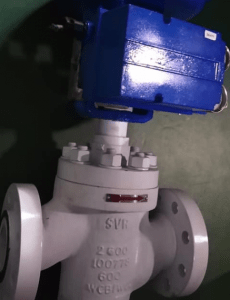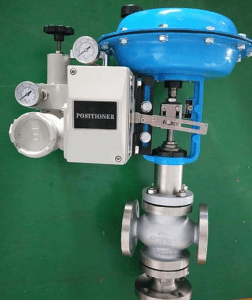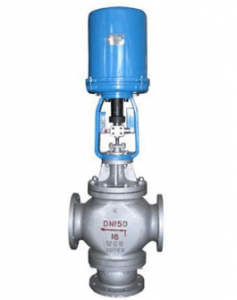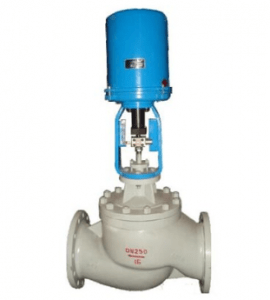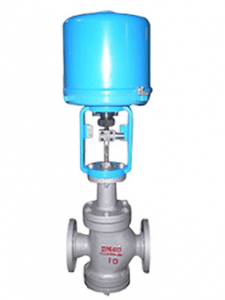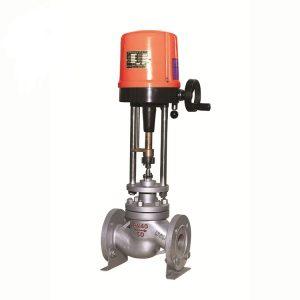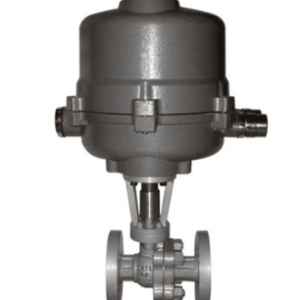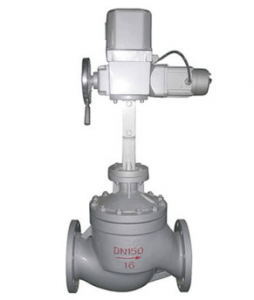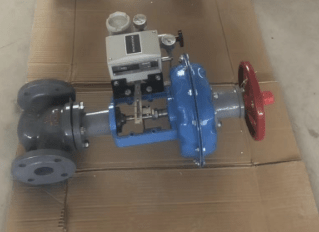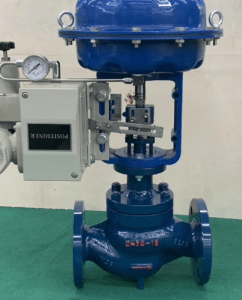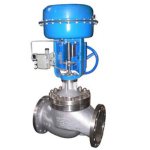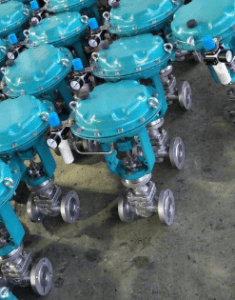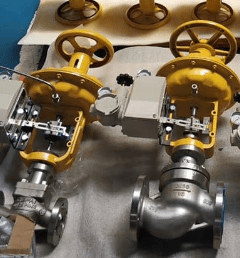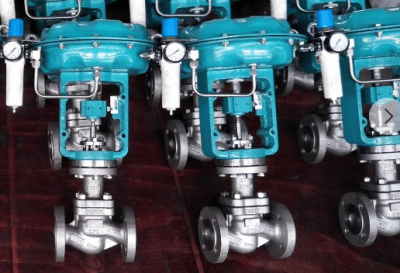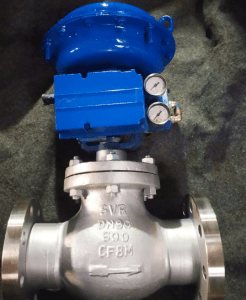UAE Valves is one of the best Control Valve Supplier in UAE. A control valve is used to control the pressure and flow or provide directions to the medium as per the needs.
Control valves are devices utilized in a number of industries to control the movement of fluids. They can open or close entirely or in part in accordance with a signal from the controller, adjusting the fluid’s temperature, pressure, flow rate, & level.
Following are control valves two main purposes:
Flow control: The rate by which fluid moves through a system is controlled by control valves. To maintain a specific set point, the movable element’s position can be adjusted to increase or decrease the flow rate.
Process control: Other process variables like temperature, pressure, and level are also managed by control valves. The control valve retains a desired set point while making sure the process stays within the set limits by adjusting the position of the movable element in response to changes in the process variable.
Advantages:
1)Minimal maintenance and the durability of the product
2)No Clogging: They do not obstruct the flow of the fluid. Small particles, deposits, dust, etc. do not clog the flow of the fluid due to the perfect design of these valves.
3)Help to be Ecologically Friendly: Businesses are under a constant pressure to meet the global ecological standards. With the usage of these valves, they can become ecologically friendly by reducing the wastage of natural resources and by ensuring their judicious use.
4)When resources are effectively utilized, the businesses are in a position to experience reduced process variability. This ultimately helps in attaining a strategic advantage, and increasing the financial returns.
5)When control valves are used in faucets, they help a lot in water conversation. This means that people can save money on their water and/or sewer bills by using these control valves at their homes, offices, or factories.
Industries:
1)Gas and oil production
2)Power
3)Petrochemicals
4)Steel
5)Water treatment
6)Paper and pulp industry
Types:
1)Three way control valve
2)Cage type control valve
3)Double seat control valve
4)O type shutoff control valve
5)Single seat control valve
6)Water control valve
7)Globe control valve
8)Angle type control valve
Components:
A number of crucial components work together to precisely control fluid flow in control valves. Below, we will look at each component’s function in more depth.
1. A body or shell
The outer casing of a control valve is its body, or shell. it offers structural integrity. The type of valve and the needs of the application determine the body’s design. The structure needs to be resilient enough to endure the pressures and temperatures of the fluid it regulates.
2. A bonnet
A cover that fastens to the top of the valve body is called a bonnet. It permits access to the interior components of the valve, including the stem and trim, and functions as a secondary seal. It also offers thermal insulation in certain designs to shield the user from extremely high or low temperatures.
3. Cut
The group of internal parts in charge of controlling fluid flow in a control valve is called the trim. The components that come into contact with the fluid are the valve plug, seat, and other portions. Because the trim design affects how well the valve regulates flow and pressure.
4. Stem
The stem, which joins the actuator to the valve plug or disc, is a thin rod. The plug is raised or lowered by the actuator’s movement of the stem, which gives the valve control over the flow of fluid. To guarantee dependable performance, the stem needs to be strong and resistant to corrosion.
5. Yoke Nut and Yoke
The stem receives support and direction from the yoke and yoke nut. They are necessary to keep the stem stable and in alignment while it is operating. The maximum and minimum positions of the valve are regulated by adjusting the yoke nut, which is attached onto the stem.
6. Actuator
The control valve’s actuator is its primary source of power. It allows the valve to open, close, or modulate by transforming the control signal into a physical movement. Actuators are available in a number of forms, with each having a specific purpose in mind. This includes electric, hydraulic, manual, and pneumatic actuators.
7. Packing
In order to stop fluid leakage from the bonnet region, packing is a sealing device around the valve stem. It guarantees that even in situations of high pressure, the valve will stay tight and leak-free. Depending on the application and fluid that the valve handles, different packing types may be utilized.
Description:
Available Materials: Ductile Iron Control Valve, Cast iron Control Valve(WCB, WCC, WC6) LCC, LCB, Stainless Steel (SS316, SS304), Super Duplex (F51, F53, F55)
Class: 150 to 2500
Nominal Pressure: PN10 to PN450
Medium: Air, Water, Chemical, Steam, Oil
Operations: Electric actuated and Pneumatic actuated
Size: 1/2”- 24”
Ends: Flanged, butt weld, socket weld, threaded
Electric Actuator:
1)Torque: 3-9 Nm
2)Operating Pressure: 8 Bar
3)Port Connection: NPT 1/4″
4)Mounting Base: ISO 5211
5)Temperature Range: -20°C to +80°C
Pneumatic Actuator Configuration:
1)4-20 mA
2)Single Acting
3)Double Acting
4)Rotary
5)Scotch and Yoke
6)Pressure: Up to 228 bar
Temperature Ranges:
1)Standard: -4°F to 200°F (-20°C to 93°C)
2)Low: -40°F to 176°F (-40°C to 80°C)
3)High: 0°F to 300°F (-18°C to 149°C)
Showing all 15 results



